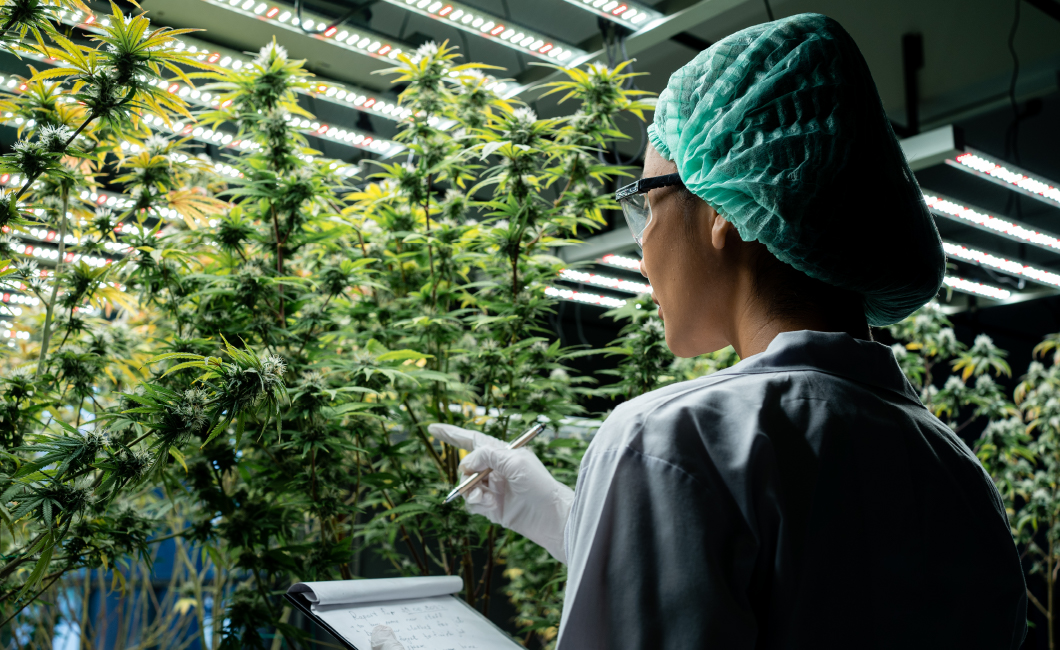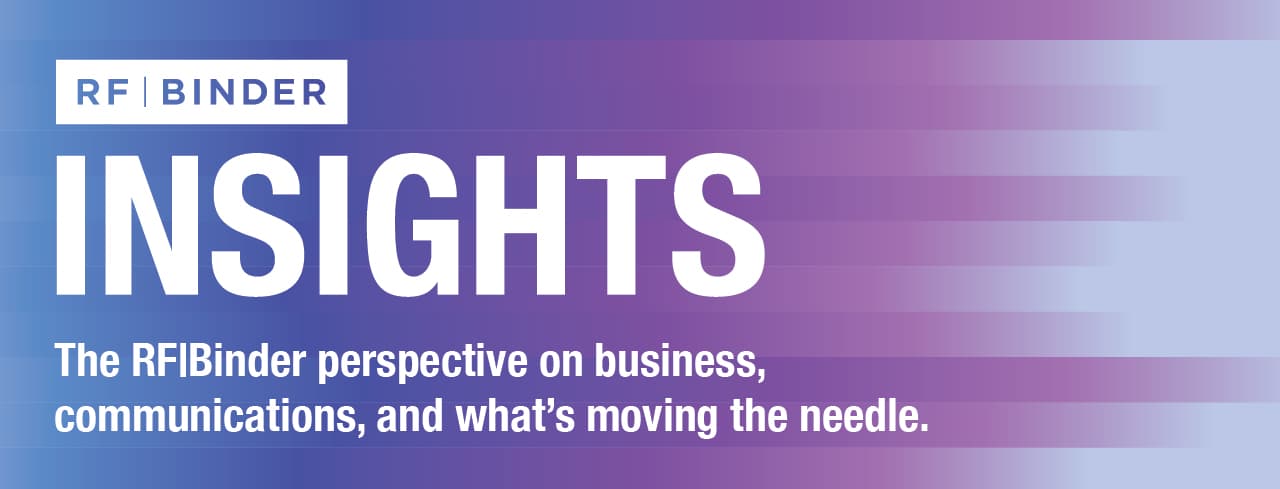For RF|Binder’s latest Hour to Empower, we had the opportunity to learn about the cannabis industry from Alex Halperin, a journalist whose coverage of the beat has appeared in Fast Company, Slate, The Washington Post, The Los Angeles Times, California Sunday and the Guardian, the latter of which housed the High Time column, an adult’s guide to legalization. He also established the WeedWeek.com newsletter in July 2015 and has grown it to over 11,000 subscribers. RF|Binder hosts Hour to Empower sessions on a quarterly basis, bringing in a diverse mix of speakers and thought leaders to inspire reflection, strike up meaningful conversations with our colleagues, and drive impact for our clients.
In 1848, James W. Marshall changed the trajectory of the U.S. economy when he discovered gold in Coloma, CA one fateful morning. Marshall’s discovery sent shockwaves through the United States, and by the end of 1849, thousands of people had migrated to the state in search of their fortune. With the overarching goal of ‘striking it rich,’ California became the dream destination for those trying to find gold. The real winners, however, were those who decided to capitalize on supporting equipment — the picks and shovels.
Today’s cannabis industry in the U.S. mirrors last century’s booming gold rush. With people flocking towards cannabis as a hot new industry (and with California as the hub), the real money makers are far from the plant itself.
Alex Halperin, a journalist and cannabis industry expert, knows this firsthand as the founder of media company WeedWeek. As a freelance reporter for Fast Company in 2014, Alex was tasked with attending MJBizCon, the largest cannabis conference and expo in North America. While there, he immediately became fascinated by the story of this outlaw industry’s conversion to legit business. Several months later he moved to Denver, then the industry’s main hub, and started writing WeedWeek soon after.
Two Sides to the Cannabis Coin
Alex explained that the industry has two components: plant-touching and ancillary. The plant-touching side includes the supply chain: growing, transport, manufacturing, product testing, and retail. Plant touching businesses are subject to legal regulations, taxes and related costs that make it very difficult to make money. Ancillary operations — including lawyers, consultants, accountants, media, and software companies — can operate more normally.
Alex says, “If you’re good in the picks and shovels, then you can make money. Those selling and handling the plant are much more vulnerable to regulations and other market challenges.”
Marijuana is federally illegal. It’s classified as a Schedule 1 drug, meaning it has no medical value and carries significant risks. As a result, the industry faces many unique regulatory issues as well as a significant tax burden. For example, about 25 states have legalized recreational use, but each state must decide for itself whether to legalize and then write its own rules. There’s no legal way to sell product across state lines.
Though there’s tremendous demand for the product; many state markets have seen price crashes. Marijuana is still one of the most expensive agricultural products on the market, but prices were inflated due to illegality. Now that states have decided to legalize the selling of marijuana at different paces, there is immense competition, and it is difficult to keep up with each state’s policies. This makes it tremendously challenging to build national brands.
The Path Forward
In 2018 and 2019, many cannabis companies gained momentum and went public in Canada. At the time there was plenty of hype regarding stocks and IPOs. However, since the stocks have largely crashed there’s been a pullback in coverage at some top-tier media outlets. Instead, cannabis trade publications where reporters understand the industry’s nuances are filling in this niche. Today, investors and consumers are more likely to turn towards cannabis trade publications, such as Halperin’s WeedWeek.
WeedWeek is a weekly B2B newsletter focused largely on the politics and business of legalization nationally and in the roughly $5 billion California market. “Because each state is effectively its own industry, it’s very hard to cover the whole thing,” Halperin says.
This CA-specific business model has brought him success and has allowed him to get into more aggressive and investigative journalism, which is exciting for readers and industry stakeholders. WeedWeek publishes a mix of free and paid stories, in addition to virtual events with industry experts.
With marijuana now sold in dozens of states, public relations and media professionals must keep in mind their targeted audiences and the legal ramifications when approaching media relations. As the industry and legal framework continue to evolve, publications like WeedWeek will be vital in staying on top of what’s current.

